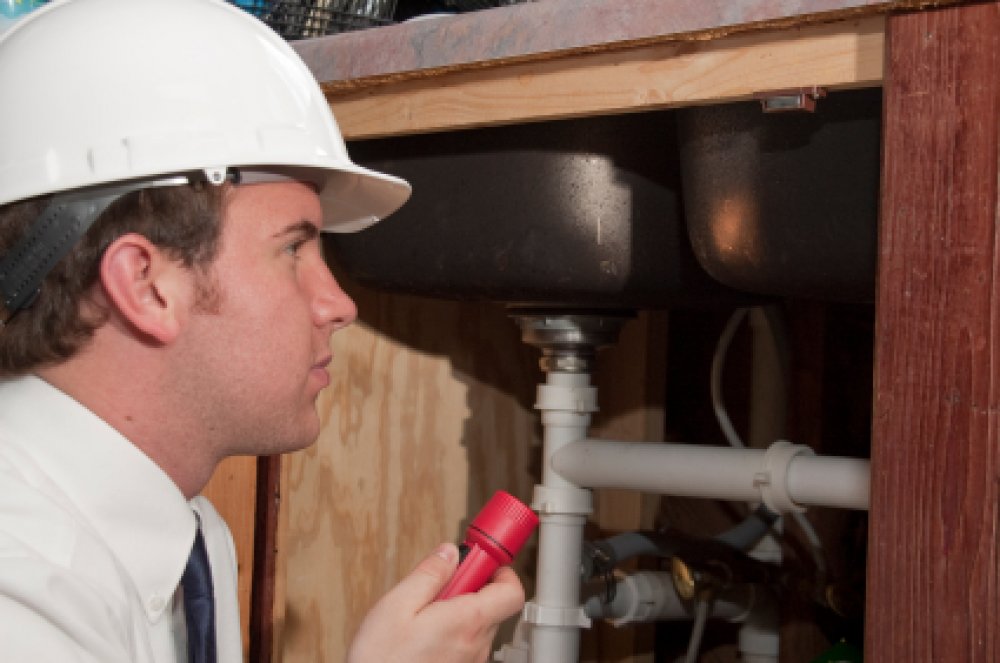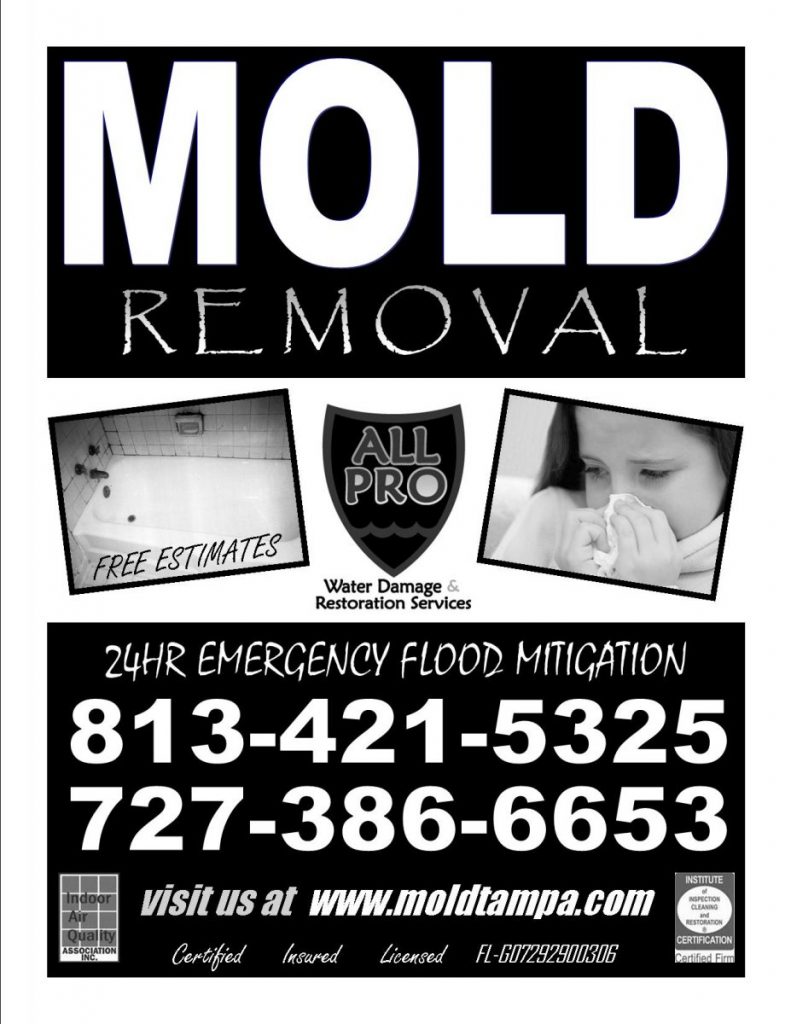The process of evaluating the full scope of a mold problem visually can be difficult. Oftentimes mold inspection requires an expert Certified Mold Assessor (CMA) or an Industrial Hygienist to test the affected areas. The mold inspection results can help determine which ares have elevated levels of mold and mildew growth, which is key in determining how the mold should be remediated.
Mold Inspection Methods
Air, Tape Lift, Swab, and Settled Plate are common testing methods, all of which have their advantages and drawbacks. Because of this, multiple methods are typically used in conjunction with each other, which provides a more accurate mold assessment. Additionally, your mold inspection will be handled by someone who is experienced with all of these methods.
The inspector writes a written mold remediation protocol once the test is completed and the results of the test are back from the laboratory. The inspector gives this protocol to your certified mold remediation expert to follow.
Your mold repair contractor schedules a post test, or PRV when the mold removal process is completed. This PRV determines if the mold has been remediated to acceptable levels. The hold containment needs to stay in place until the PRV is conducted and the results come back clear. Please note that mold removal companies cannot officially pre or post test their own jobs, but may choose to perform tests for their own results.


